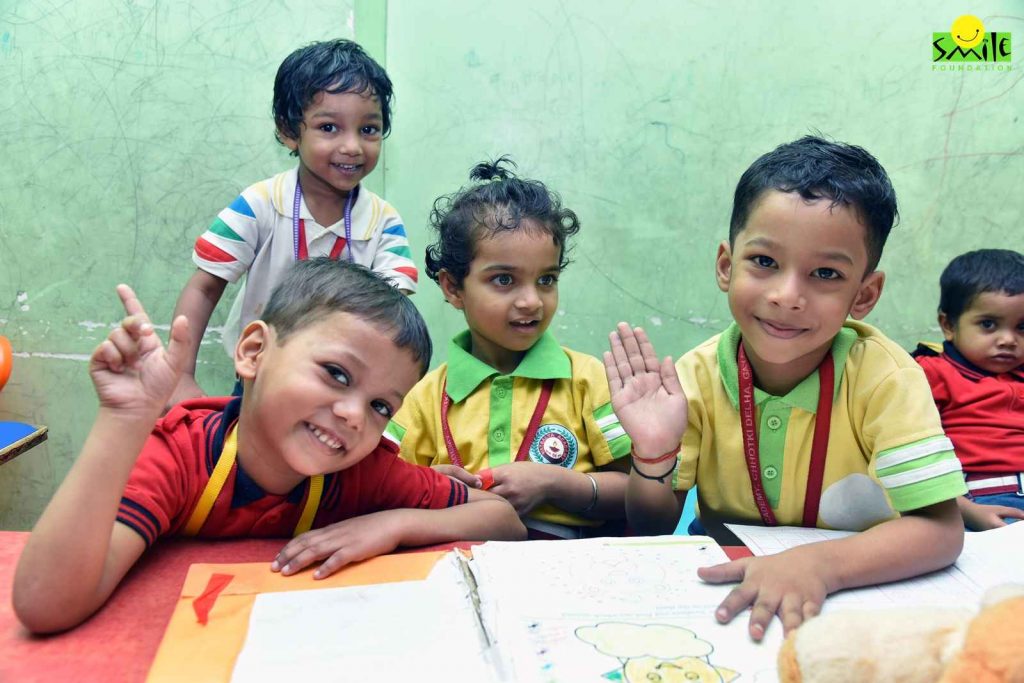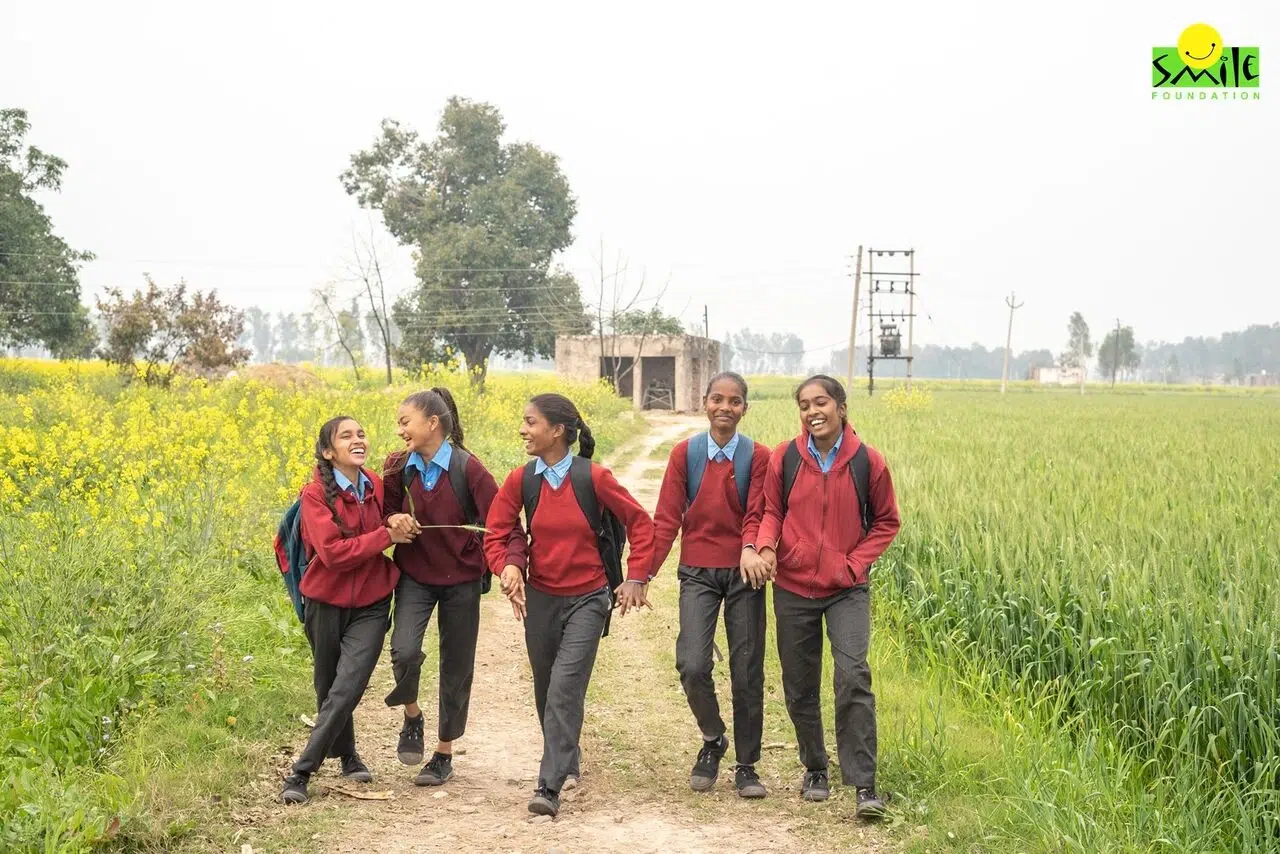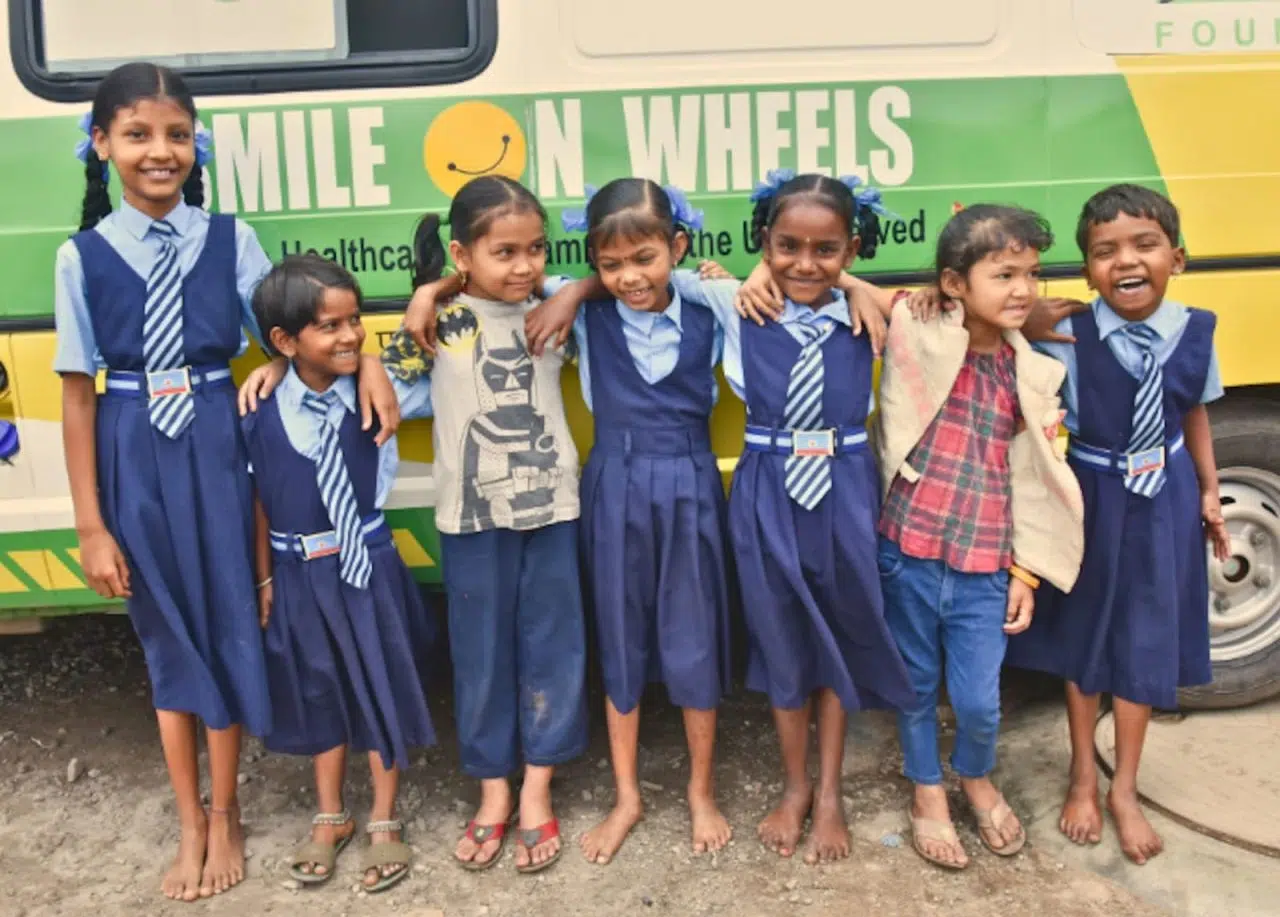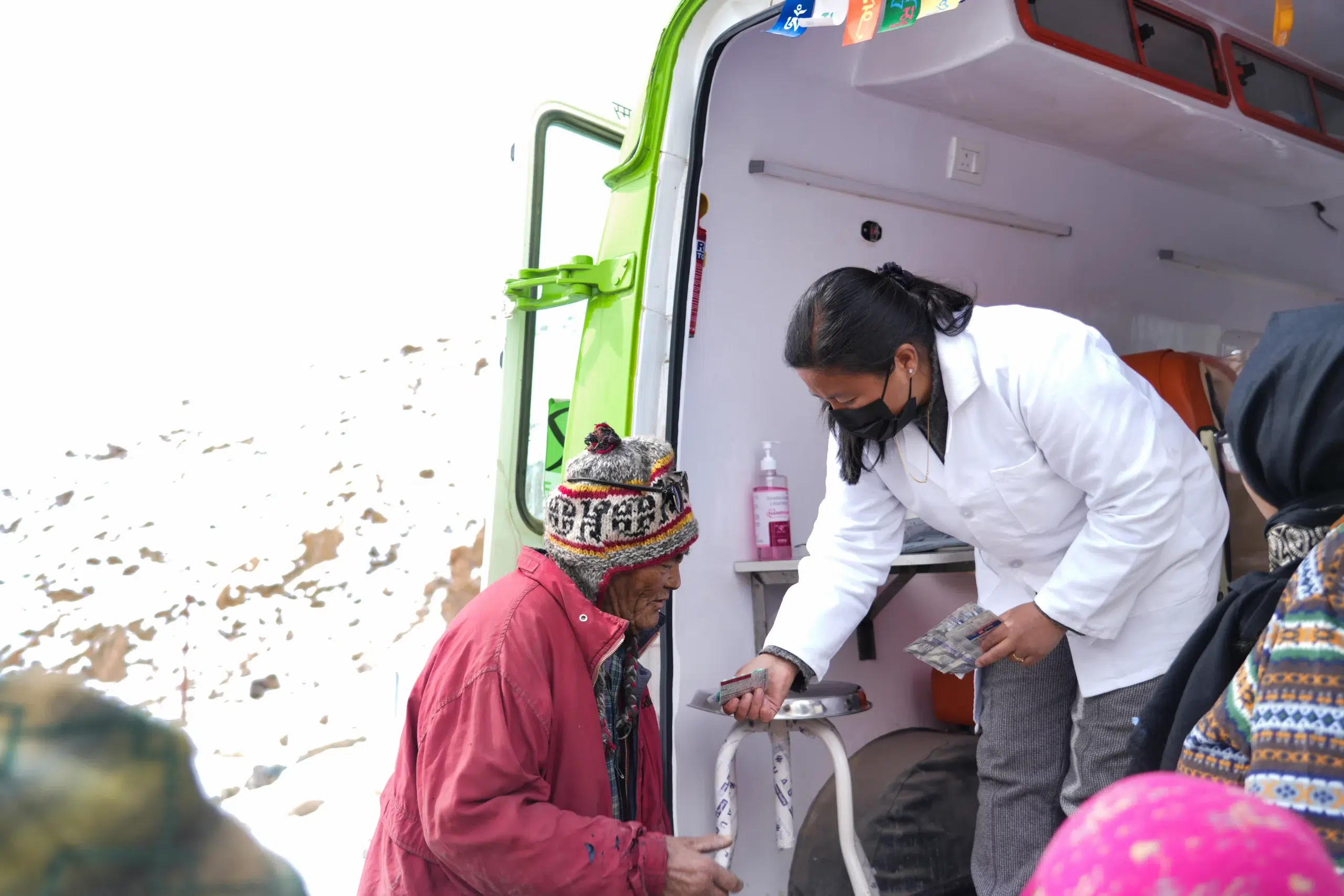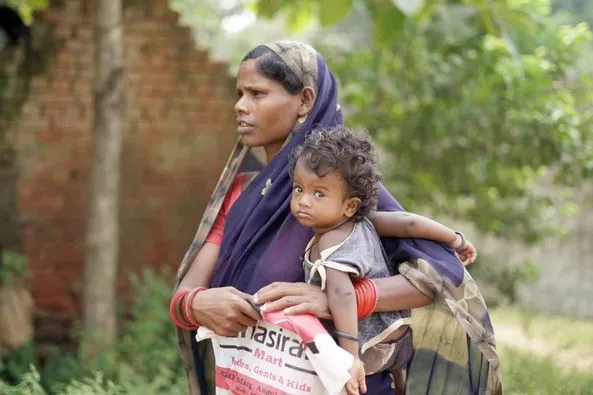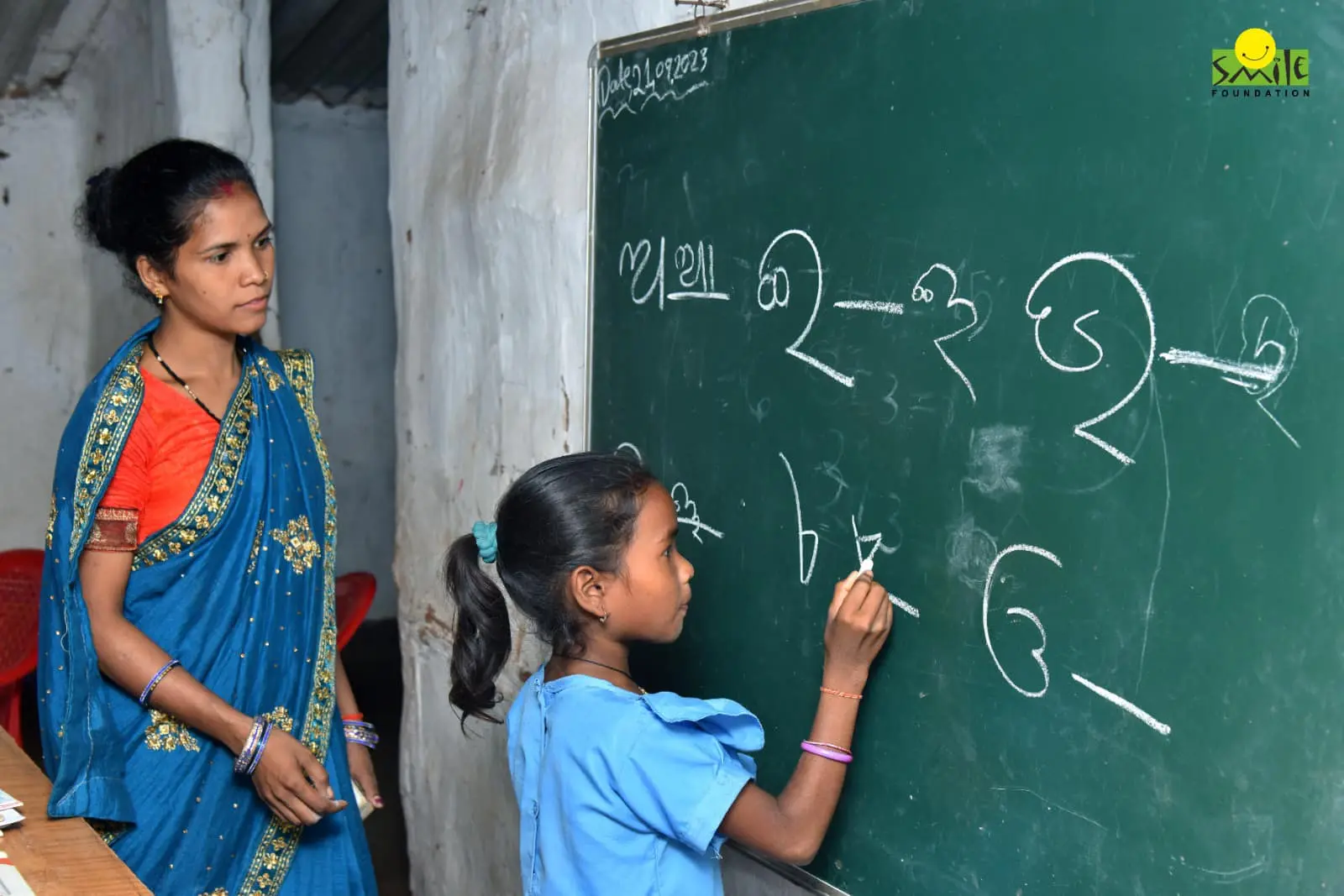SDG-4 aims at inclusive and equitable quality education and promoting lifelong learning opportunities for all. The global out-of-school population has decreased by barely 1% in nearly ten years, according to the UNESCO Global Education Monitoring Report 2024. The disparity in educational investment among countries is significant, with low- and lower-middle-income nations suffering from substantial underinvestment in education.
Children face considerable barriers to future work when they lack access to a high-quality education. They are at a higher risk of experiencing negative health consequences and are less likely to engage in decisions that impact them. This jeopardises their capacity to create a more positive future. In an era of swift social, technological and economic transformation, investing in education is crucial for enhancing the endurance of nations.
Education is a Basic Human Right
Children are denied access to education for multiple reasons. Poverty persists as one of the most inescapable obstacles. Children experiencing economic instability, political turmoil, conflict or natural disasters are more likely to be deprived of education, as are those with impairments or belonging to ethnic minorities. In certain nations, educational options for girls are significantly constrained. Lack of learning material, proper environment and teachers is yet another obstacle. A child cannot acquire knowledge without an appropriate setting. In most , children frequently find themselves confined to overcrowded classrooms, which are in a bad condition, or are studying outside in weather that may not be conducive to learning.
The interplay of discrimination, insufficient training in inclusive pedagogical techniques among educators, and the absence of accessible educational institutions renders this population particularly susceptible to the denial of their right to education.
For numerous children globally, the journey to school requires several hours. This is particularly challenging for children with disabilities, those experiencing starvation or illness, and those obligated to perform family chores.
Several children, particularly females, are susceptible to violence during their risky commutes to and from school.
The Need for Government Funding on Education
Increases Economic Growth: Investment in education can facilitate economic expansion and development. Education enhances individuals’ abilities and knowledge, hence increasing their productivity and efficiency in the workplace. This subsequently enhances the nation’s economy by augmenting the production and output of products and services. If a government invests in technology education, it can cultivate a pool of highly trained workers who will enhance the technology sector’s growth.
Mitigates Poverty: Education serves as a potent instrument for alleviating poverty. It equips persons with the skills and knowledge necessary to obtain higher-paying employment, thereby aiding in their escape from poverty. Furthermore, educated persons are more likely to attain employment, receive higher salaries and have greater job security compared to their uneducated counterparts.
Fosters Social Development: Education is essential not just for economic advancement but also for facilitating social development. It can foster an informed and involved populace, potentially resulting in a more democratic and equitable society. Educated individuals are more inclined to engage in civic activities, volunteer and express their views on social issues. This can foster a more tolerant and inclusive society that appreciates variety and advances social justice.
Enhances Health: Education positively influences health outcomes. Educated persons are more inclined to make informed health decisions and pursue medical care when necessary. This helps them have better lives and healthier populace, hence alleviating the financial strain of healthcare on the economy.
Education Fosters Social Stability: Education equips individuals with the information and skills necessary to resolve conflicts non-violently and without discrimination, particularly as schools often serve as one of the few environments where students may interact and engage with diverse individuals. Furthermore, schooling can enhance children’s resilience by mitigating the chance of engaging in detrimental coping mechanisms such as early marriage or child labour, hence augmenting the probability of good well-being.
The Indian government has implemented several initiatives to ensure accessible and free education for all students, particularly those from marginalised communities. Initiated in 2001, the Sarva Shiksha Abhiyan (SSA) seeks to ensure universal basic education for children aged 6 to 14 years. Right to Education (RTE) Act. The Right to Education (RTE) Act, established in 2009, requires free and compulsory education for children between the ages of 6 and 14 years. The Beti Bachao, Beti Padhao initiative seeks to rectify the diminishing child sex ratio and foster the education and empowerment of girls. Initiated in 2015, the program aims to transform cultural perceptions of girls and guarantee their education and involvement.
Way Ahead
Governments and educational institutions can significantly influence the reducing of disparities with policy interventions. This may involve amending school financing procedures to allocate additional resources to disadvantaged regions, instituting progressive policies for marginalised groups, and requiring inclusive educational materials and adjustments. A joint effort of community-based organisations and governments, can help enhance governmental initiatives by engaging directly with marginalised populations. They can offer supplementary educational services, engage in outreach to improve understanding of the significance of education, and push for policy reforms.
Through its ‘Shiksha Na Ruke’ initiative, Smile Foundation has been supporting children from difficult circumstances in sustaining their education, aspiring for a more promising future and improved quality of life. Currently, Smile is directly educating more than 120,000 children throughout 27 states in India.
Our initiative embodies the belief that every child deserves access to education, regardless of their circumstances. With the conviction that “no child should be out of school,” this programme was designed to ensure continuous learning for underprivileged children, even in the face of major disruptions like the COVID-19 pandemic. By providing resources such as digital devices, community learning centers and remote learning support, Shiksha Na Ruke strives to bridge the education gap for children who face barriers due to socioeconomic challenges.
This initiative aims to create lasting educational equity by addressing the roots of educational disparity. Through partnerships with local communities and families, Shiksha Na Ruke encourages a holistic approach, making sure that children not only remain engaged in their studies but also have the support they need to thrive. Smile Foundation’s commitment to “no child left out of school” underlines the importance of education in empowering future generations and building resilient, inclusive communities.



